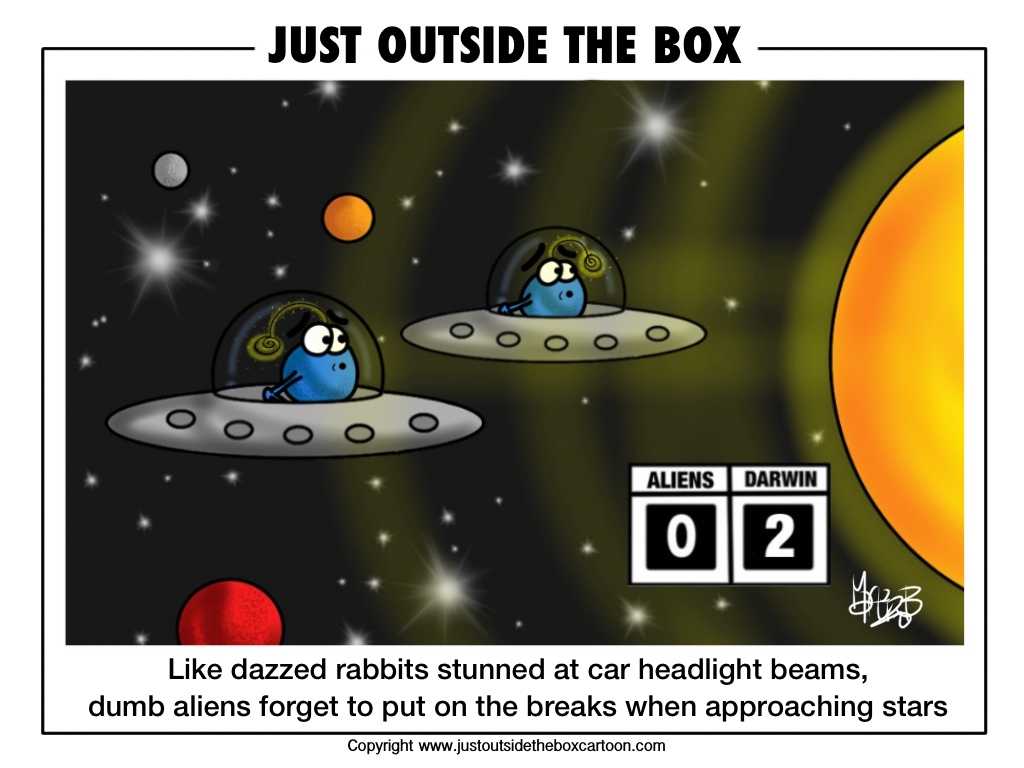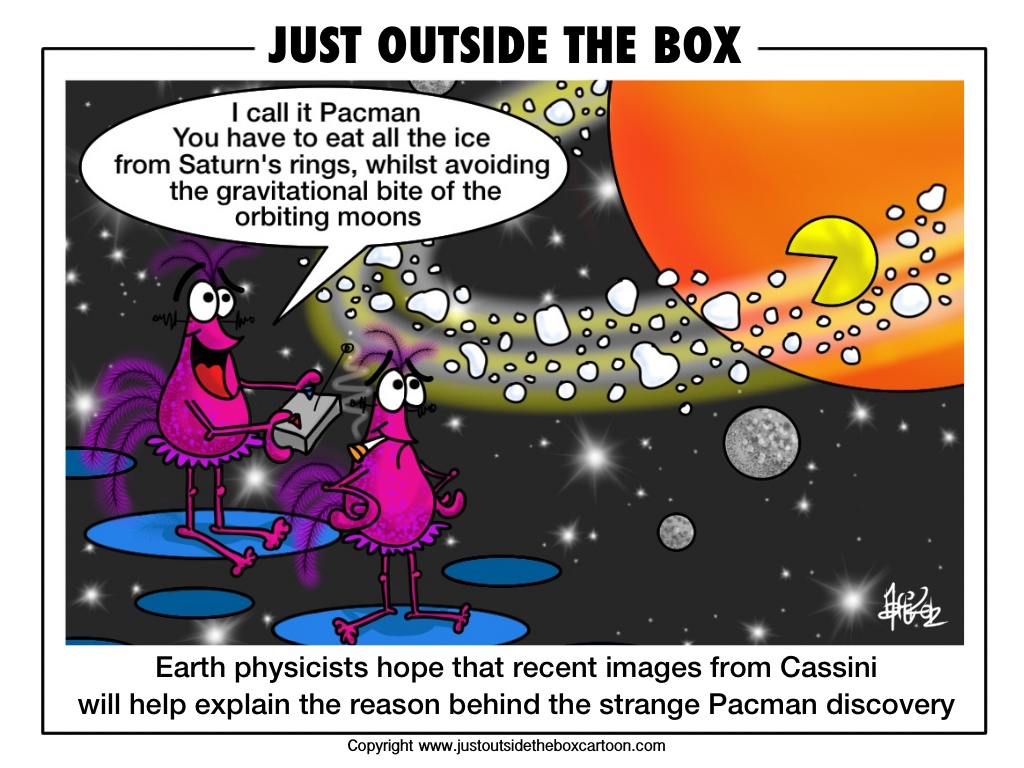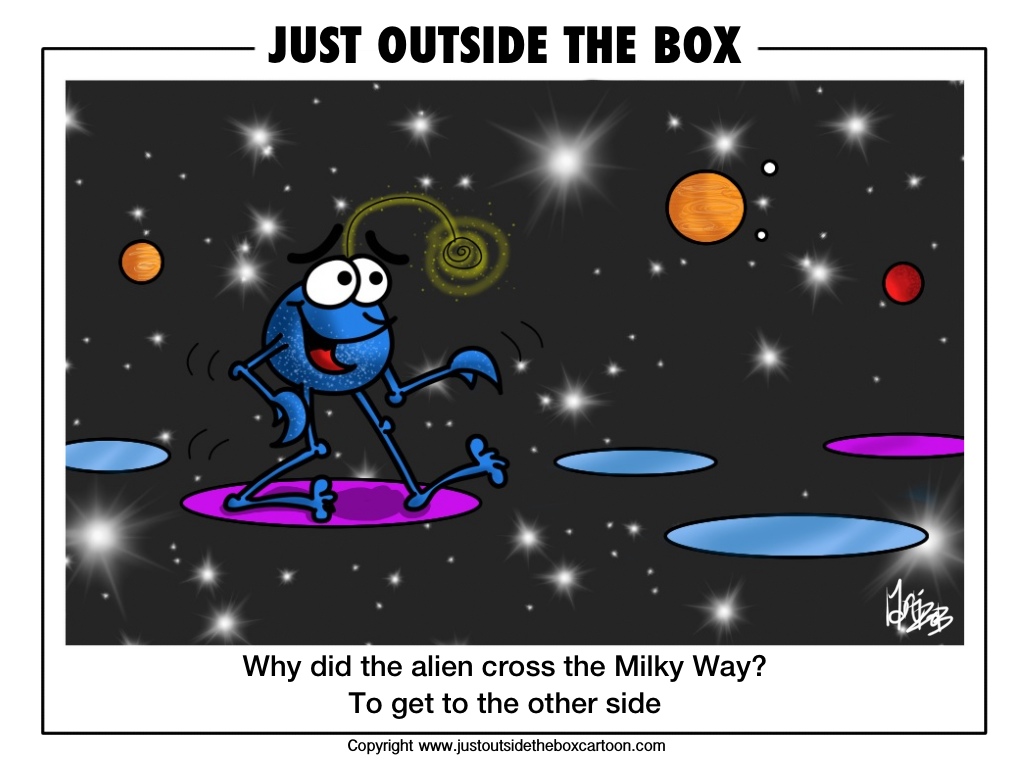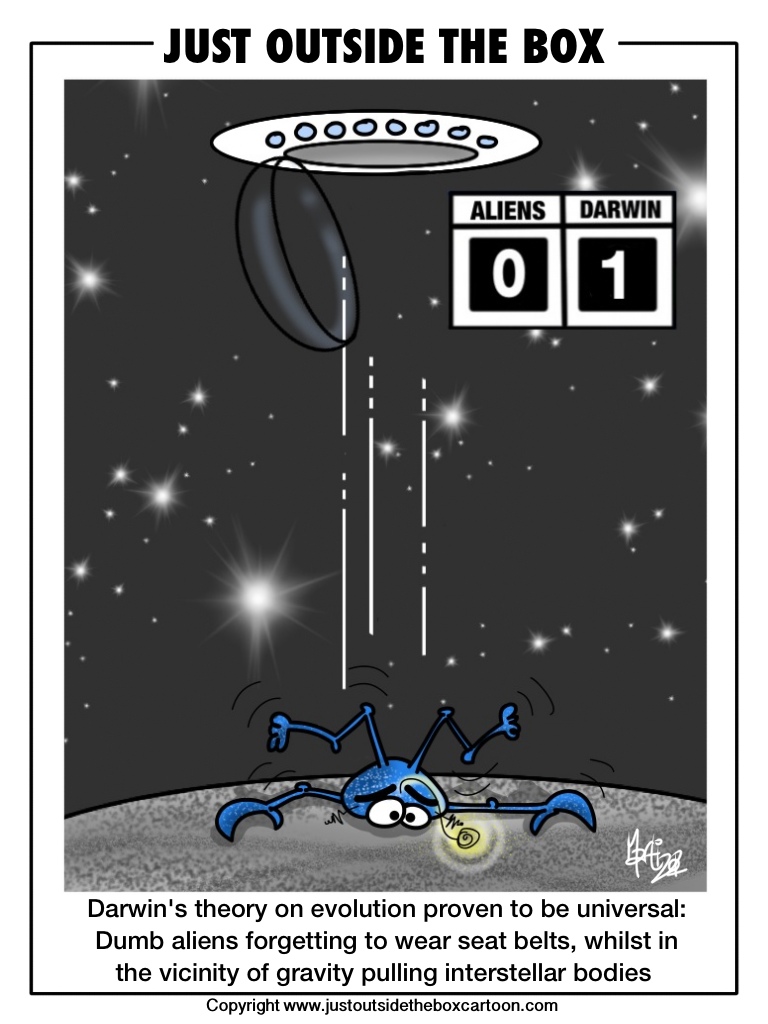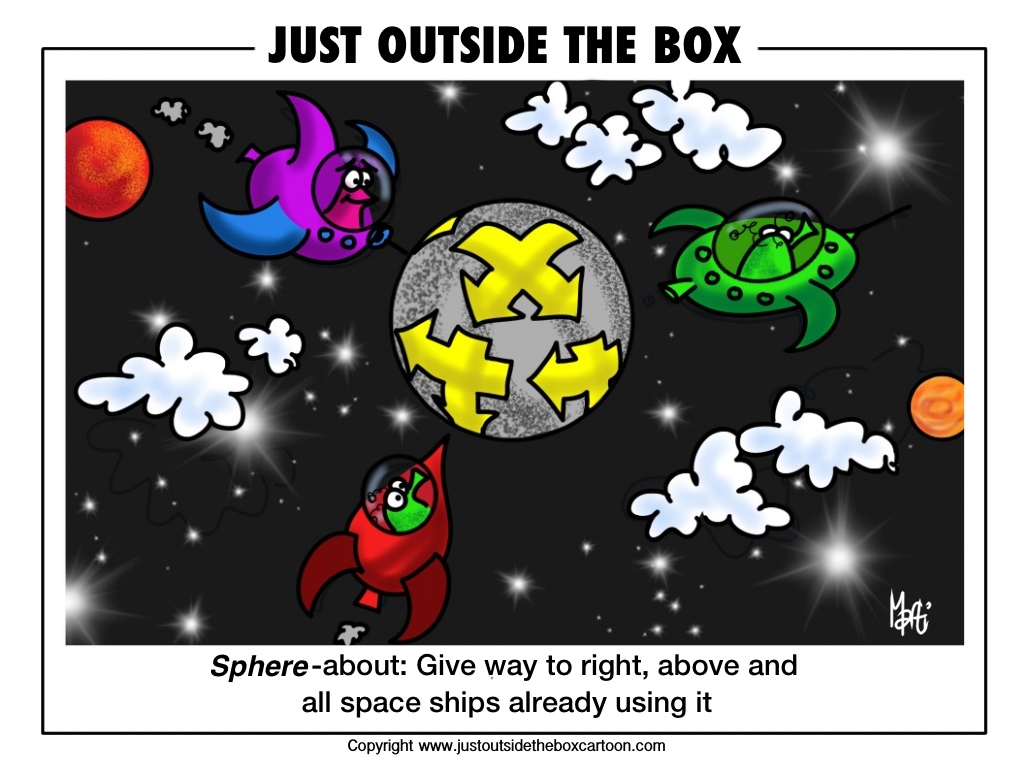Scientists from the NASA Cassini mission discovered two ‘Pac-men’ on Saturn’s moons Mimas and Tethys. Dubbed Pac man because of it resemblance to the video game craze of the 1980s; the reality of these Pacmen is that they are created due to temperature variation across the surface of the moons and can be seen via thermal imagery.
The temperature variation is caused by a difference in surface texture. High energy electrons bombard one side of the moon, compacting the ice, making it slower to heat up. Oh, and when I say heat up, to put ‘heat’ into perspective, we’re talking about solar tropical temperatures of about 65 to 95 Kelvin (-208°C to -178°C).
But back to the star of this cartoon – Pacman – I just loved this game as a child and would waste my pocket money at the local games parlour (actually, it was in a fish and chip shop) trying to out smart the goggle eyed ghosts. I even bought a ‘how to win pacman’ book. I thinks that’s the closest I’ve been to being a game nerd.
Any other gamers daring to share their gaming secrets? Don’t worry, it’s a nice safe environment, here in cyber space, to share this kind of information.
PS. To view Cassini’s journey so far, visit Cassini: 15 years of exploration.
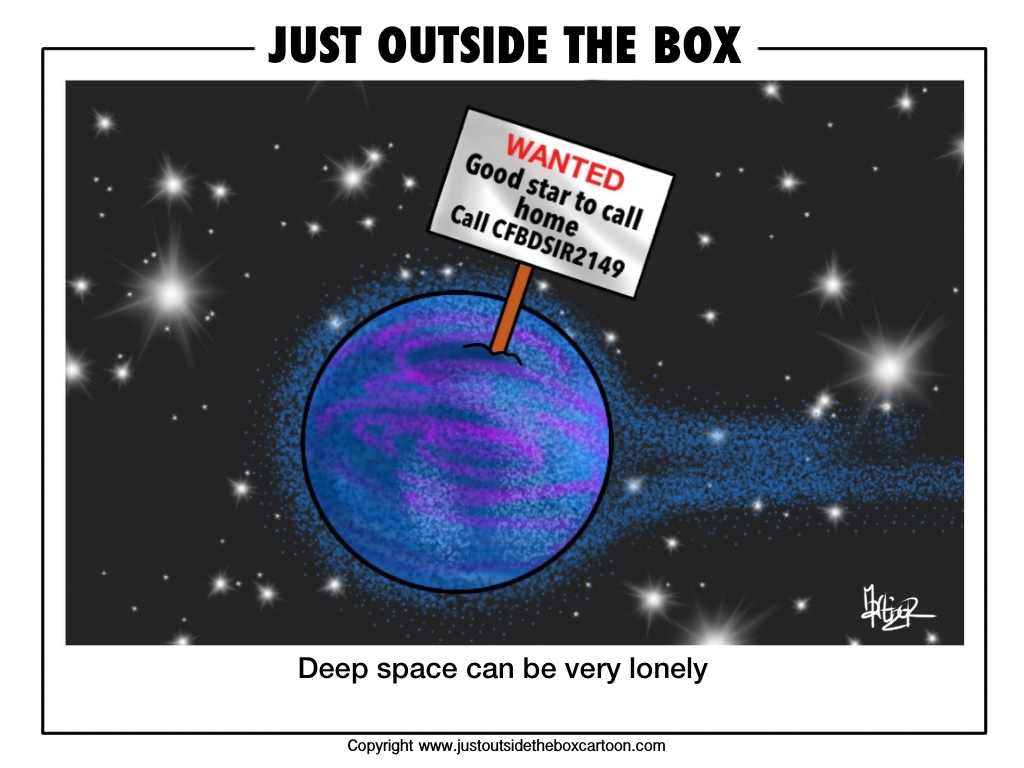
I was most excited to read in a local newspaper about the discovery of a new rogue planet affectionately called CFBDSIR2149.
I couldn’t help myself and had to do a bit of a Google hunt on those wacky scientists, who give new interstellar discoveries these rather unmemorable and uninspiring names. Well, sure enough I found my answer and not surprisingly much, much more.
Did you know there is an organisation called the International Astronomical Union (IAU)? One of their tasks is the approval of names to newly discovered celestial bodies and their surface features. A staged process, first you get a series of letters and numbers (typically to define the type of object and accompanying co-ordinate locations. How they give co-ordinates to a rogue planet is beyond me. I tried reading their site for nomenclature rules, but seriously, life is too short).
If the discovery is of significance you can then get a Working Group within the IUA to help in the certification of a ‘common’ name, but (a big BUT), you must follow a series of their rather unique rules. From a logical, structured approach, they obviously felt it was appropirate to let loose when it came to naming.
Here are but a few of the rules:
- Size counts: the object (celestial body or surface terrain) must be greater than 100m. ‘In general, official names will not be given to features whose longest dimensions are less than 100 meters, although exceptions may be made for smaller features having exceptional scientific interest.’
- Want to name the object after yourself, as the proud discoverer. Sure but first you must be dead for 3 years. ‘Commemoration of persons on planetary bodies should not normally be a goal in itself, but may be employed in special circumstances and is reserved for persons of high and enduring international standing. Persons being so honored must have been deceased for at least three years.’
What about a bit closer to home? Easy, just use the category naming table for features on planets within our solar system. Here are the crater naming requirements for some planets:
- Mars Small towns and villages of the world with populations of approximately 100,000 or less. This category is simply a large source of crater names. No commemoration of specific towns or villages is intended.
- Earth’s moon Deceased scientists and polar explorers who have made outstanding or fundamental contributions to their field. Deceased Russian cosmonauts are commemorated by craters in and around Mare Moscoviense. Deceased American astronauts are commemorated by craters in and around the crater Apollo.
- Venus Deceased women who have made outstanding or fundamental contributions to their field (over 20 km diameter crater); Common female first names (under 20 km)
- Mercury Deceased artists, musicians, painters, and authors who have made outstanding or fundamental contributions to their field and have been recognized as art historically significant figures for more than 50 years
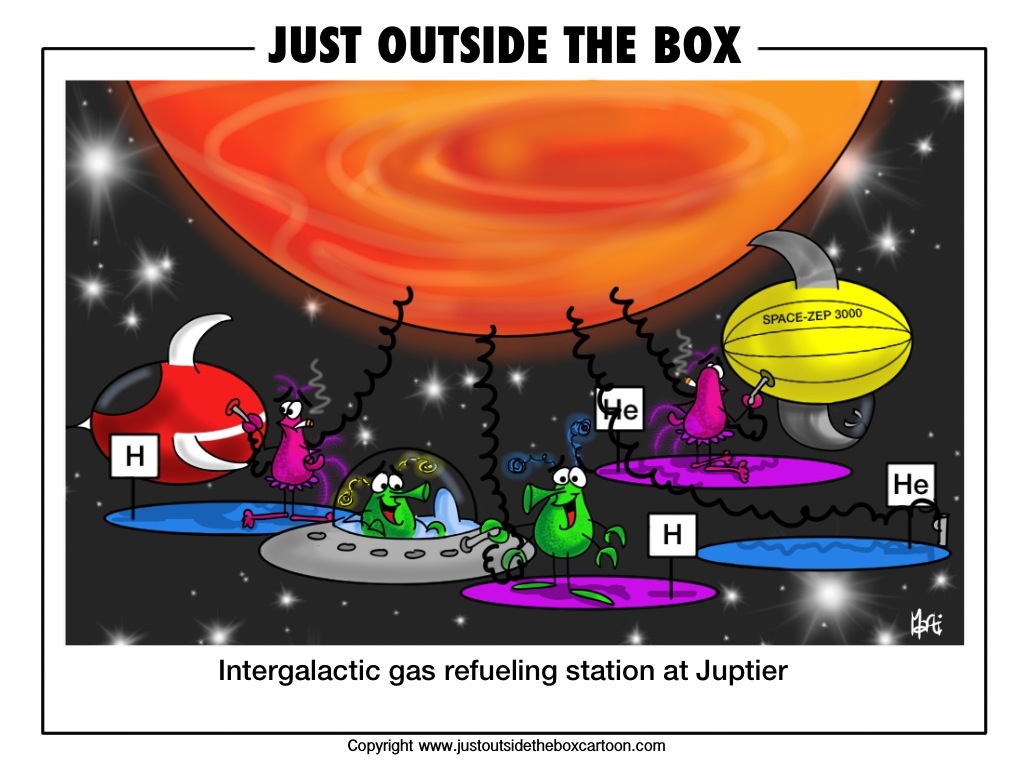 You may recall an earlier cartoon involving our Evil Pink Aliens and the giant gas planet Jupiter.
You may recall an earlier cartoon involving our Evil Pink Aliens and the giant gas planet Jupiter.
Jupiter is the largest gas planet in our solar system. It’s made up of approximately 90% hydrogen and 10% helium, with a sprinkling of methane, water, ammonia and rock dust.
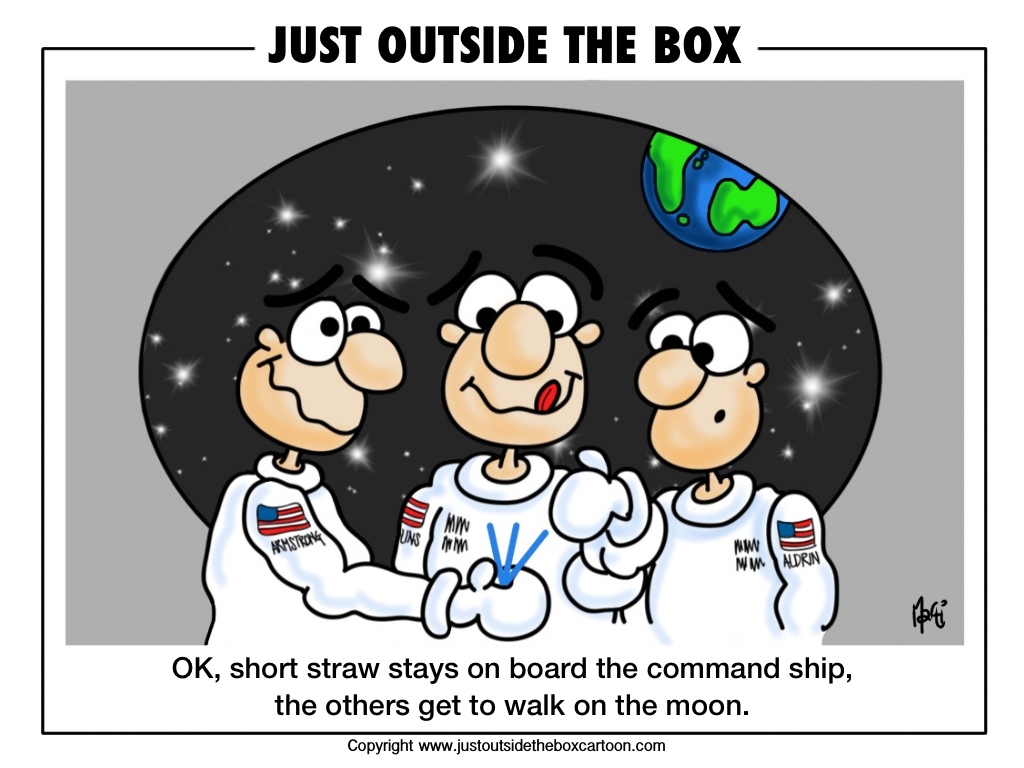 On hearing of Neil Armstrong’s death, I decided to delve a little bit into the life of the first man to walk the moon. I was excited to discover he was an engineer. Shying from the lime light, in a rare interview in 2000 he described himself as
On hearing of Neil Armstrong’s death, I decided to delve a little bit into the life of the first man to walk the moon. I was excited to discover he was an engineer. Shying from the lime light, in a rare interview in 2000 he described himself as
‘I am, and ever will be, a white-socks, pocket-protector, nerdy engineer.’
RIP 5 August 1930 – 25 August 2012
